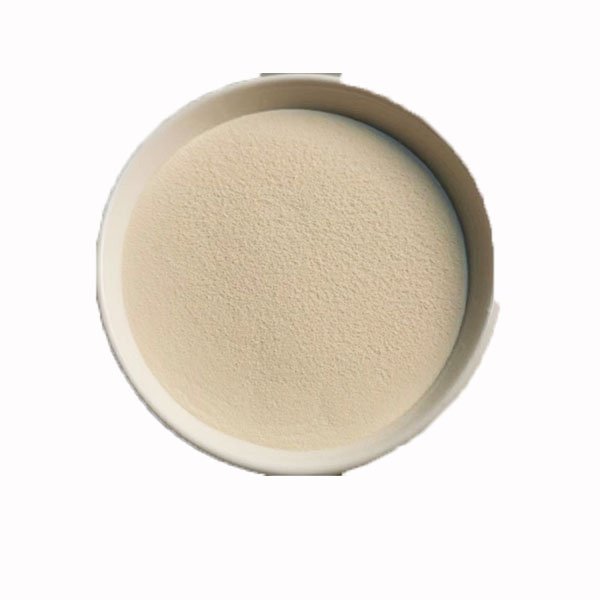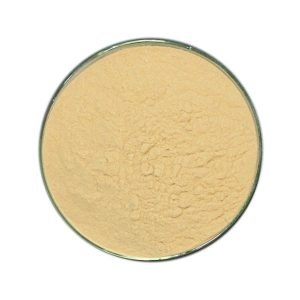Chitosan is a naturally occurring chain of glucose molecules that is structurally related to cellulose. Its chemical name is Poly-D-Glucosamine. Chitosan is the product of deacetylation of chitin.
The use of chitosan in agriculture can inhibit the growth of pathogenic bacteria, activate a variety of disease resistance genes in plants, induce plant disease resistance, and enhance crop self-immunity. At the same time, chitosan can play a role in killing insects and avoiding pests. It has excellent film-forming properties and can be used as a film-forming agent.
Application characteristics of chitosan in agriculture
1. Safety and environmental protection:
Because the product is derived from natural polymer compounds, it is completely non-toxic, harmless, tasteless and biodegradable.
2. Improving the immunity of crops:
Chitosan can effectively induce crops to produce a large number of various resistant substances in a short period of time, greatly improving the crop’s self-immunity. Once the disease invades, these resistant substances can kill it from multiple targets, and are effective in the prevention and control of viruses, fungi, and bacteria.
3. Activate and enhance the physiological and biochemical mechanisms of plants:
The use of chitosan can promote the well-developed root system, thick leaves and stems, and strengthen the ability of plants to absorb and utilize water and fertilizer, as well as photosynthesis.
4. Improve insecticidal activity and repellent activity:
Conventionally used insecticide formulations and application methods are difficult to make pesticides fully contact the target insects, and more residues in the environment cause waste, pollute the environment, and cause harm to human health. The use of chitosan products can solve these problems by improving the sustained release of insecticides.
5. Conducive to improving the distribution of microorganisms in soil:
When chitosan enters the soil, it can promote the increase of beneficial bacteria (such as nitrogen-fixing bacteria, cellulolytic bacteria, lactic acid bacteria, and actinomycetes) and inhibit the growth of harmful bacteria (such as mold and filamentous bacteria). It can effectively improve soil quality, improve the living environment of crops, prevent soil-borne diseases and promote crop growth.
6. Good film-forming properties, moisture retention and selective air permeability:
Form a thin film on the surface of plants and crops to block the invasion of germs, and this layer of film has good moisturizing effect and selective ventilation effect. This characteristic determines that it can be used as a film-forming agent and a fresh-keeping agent for fruits and vegetables.



